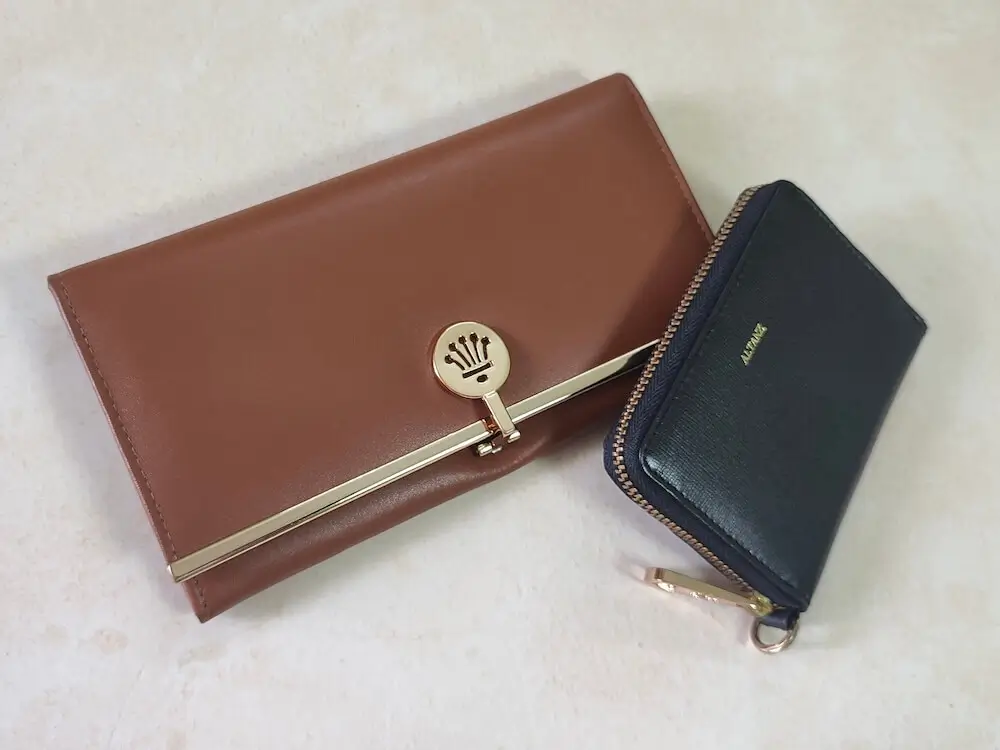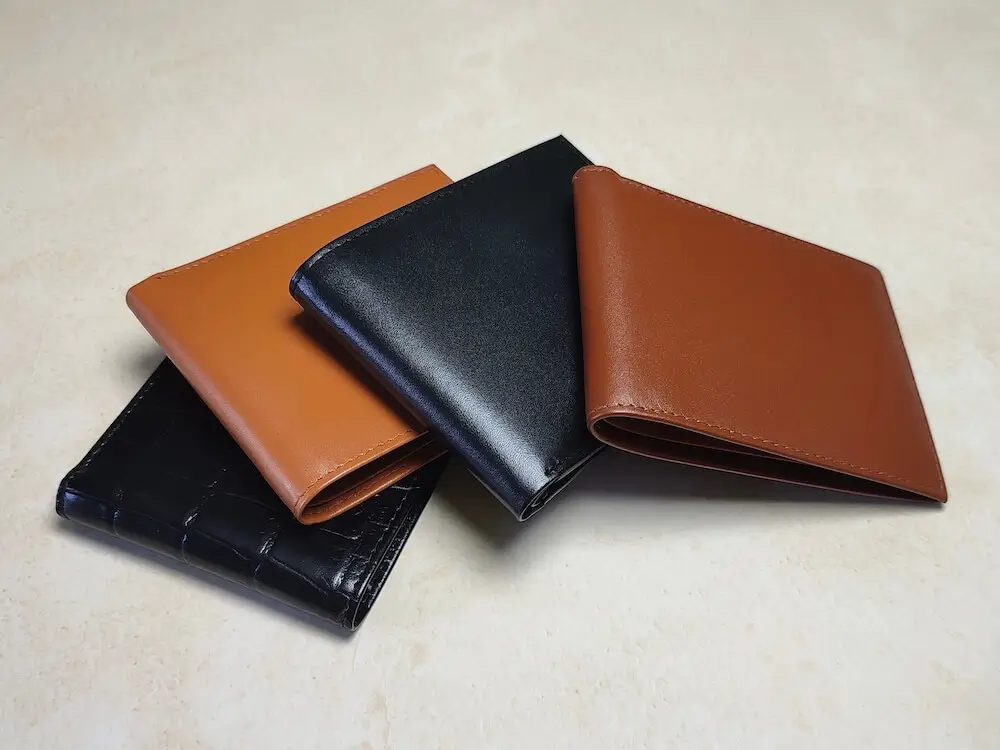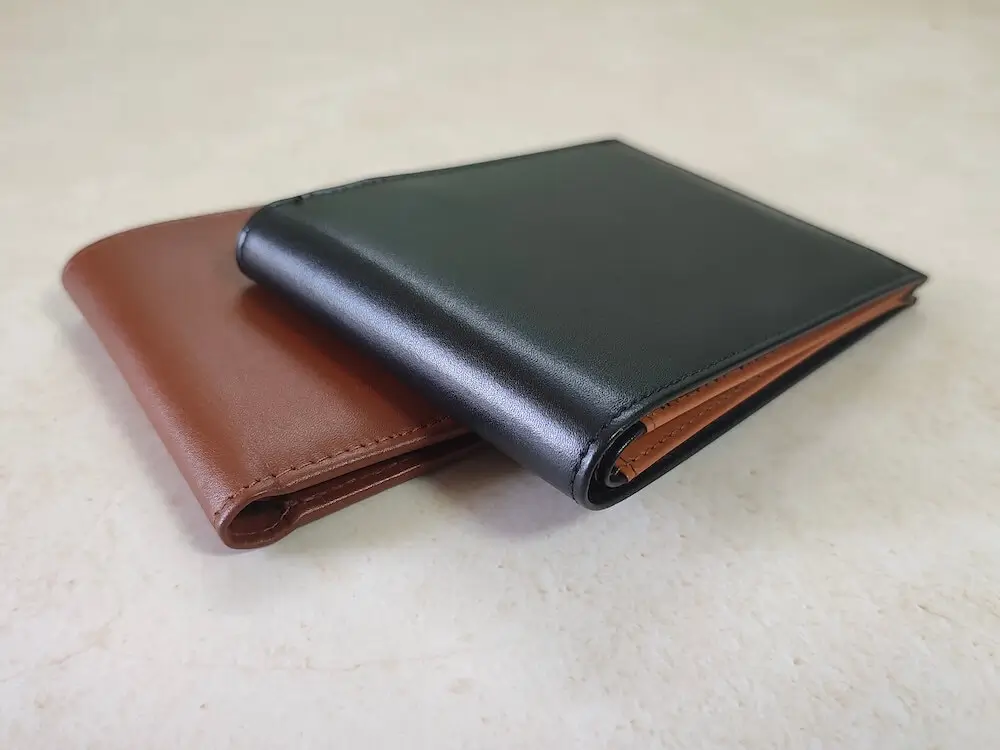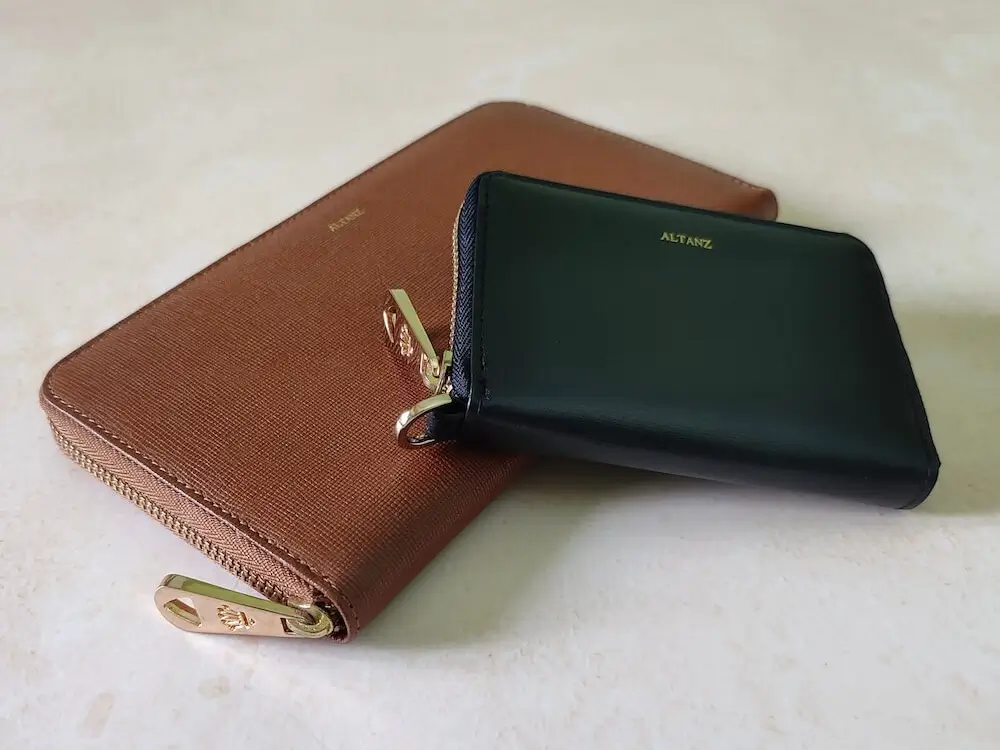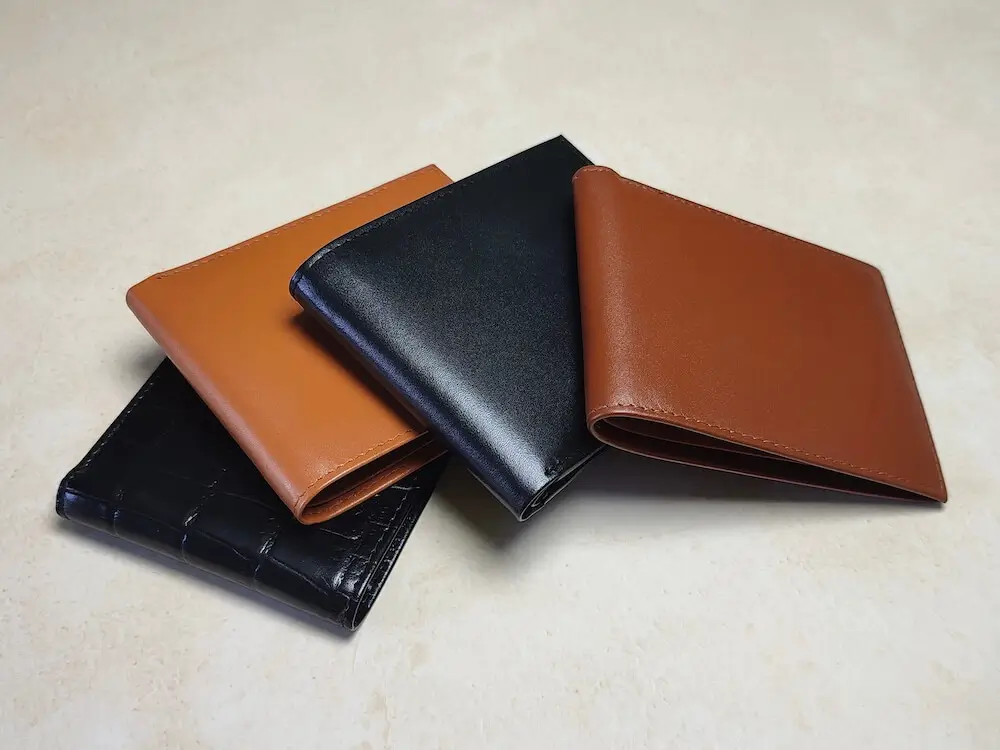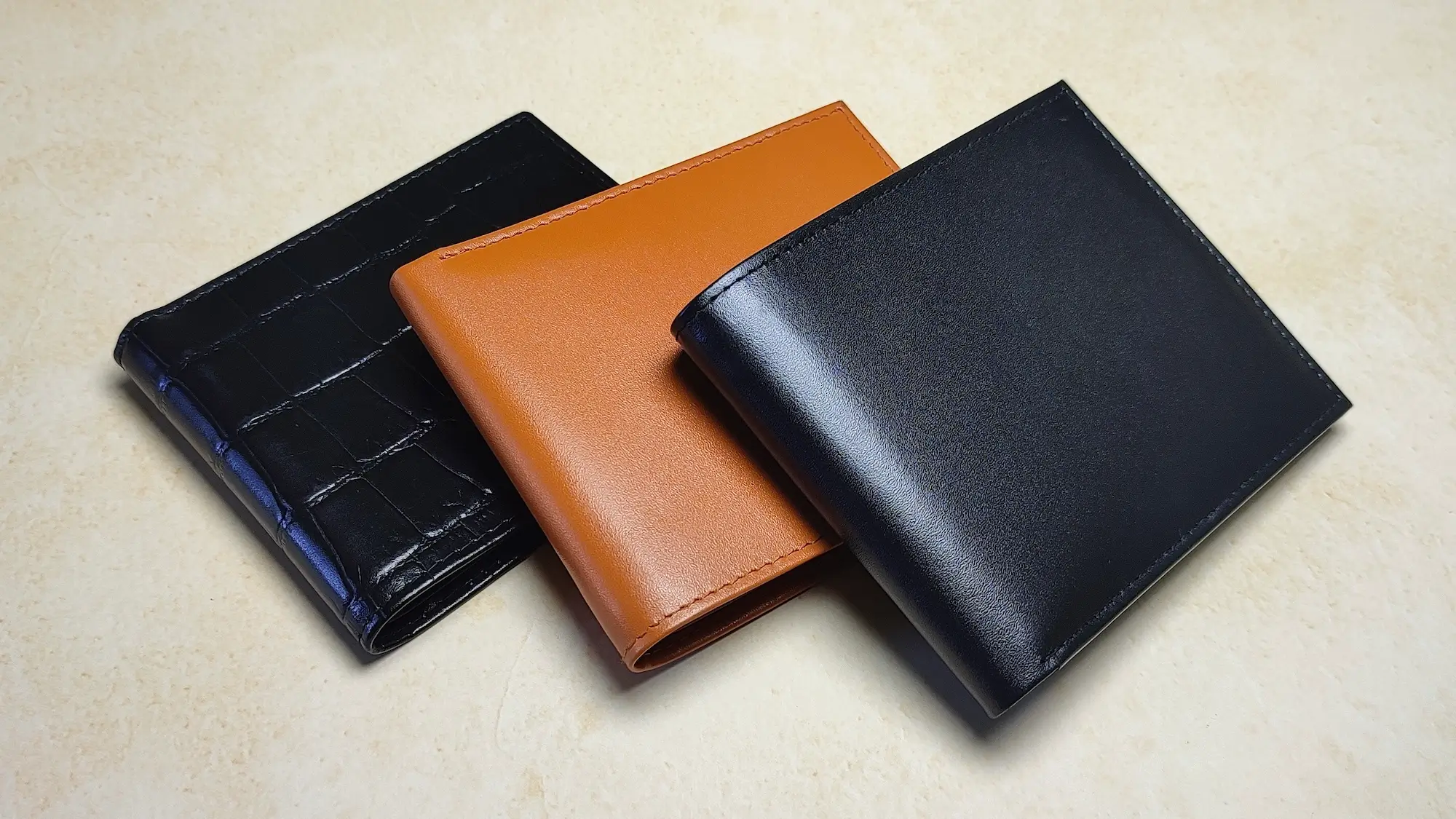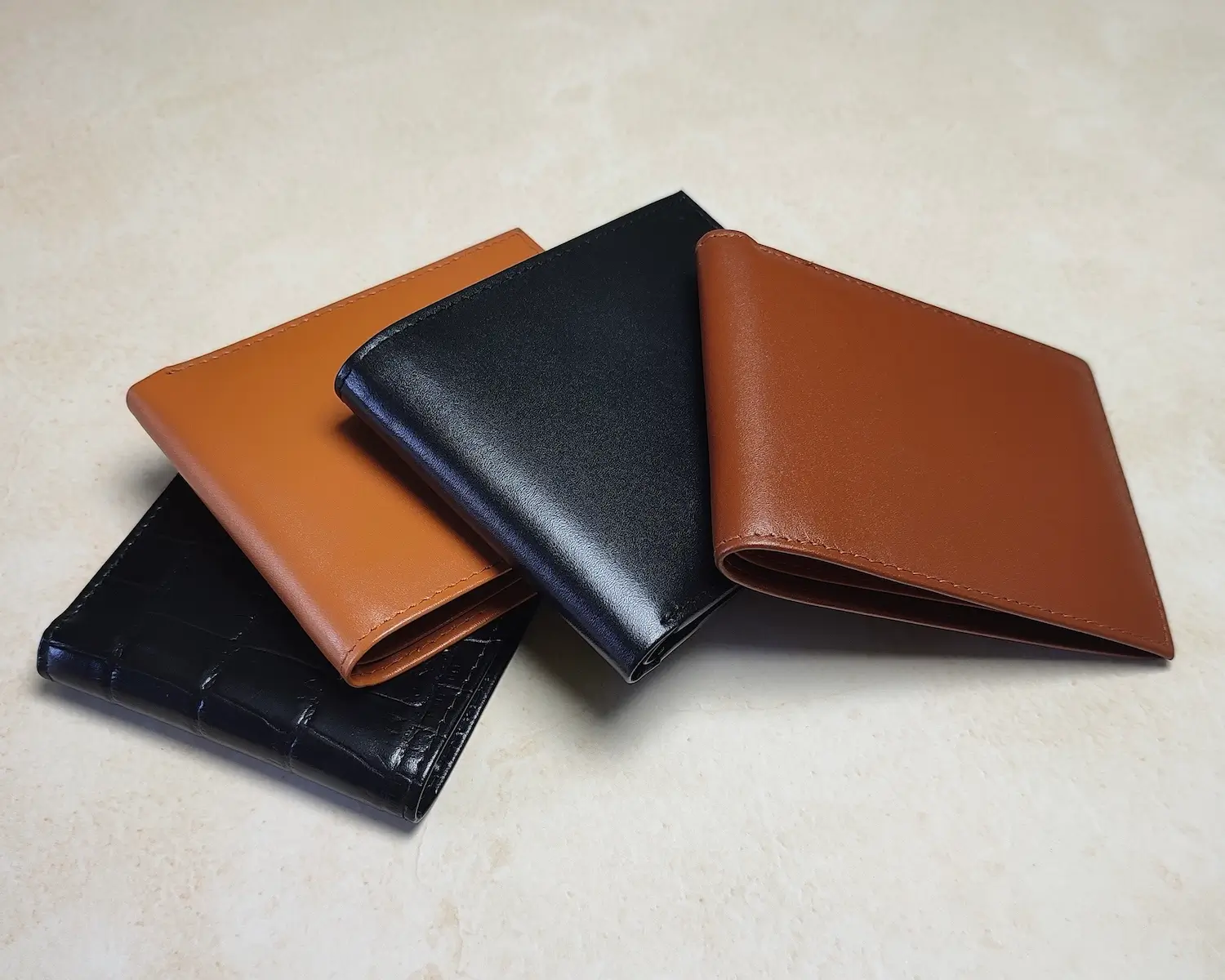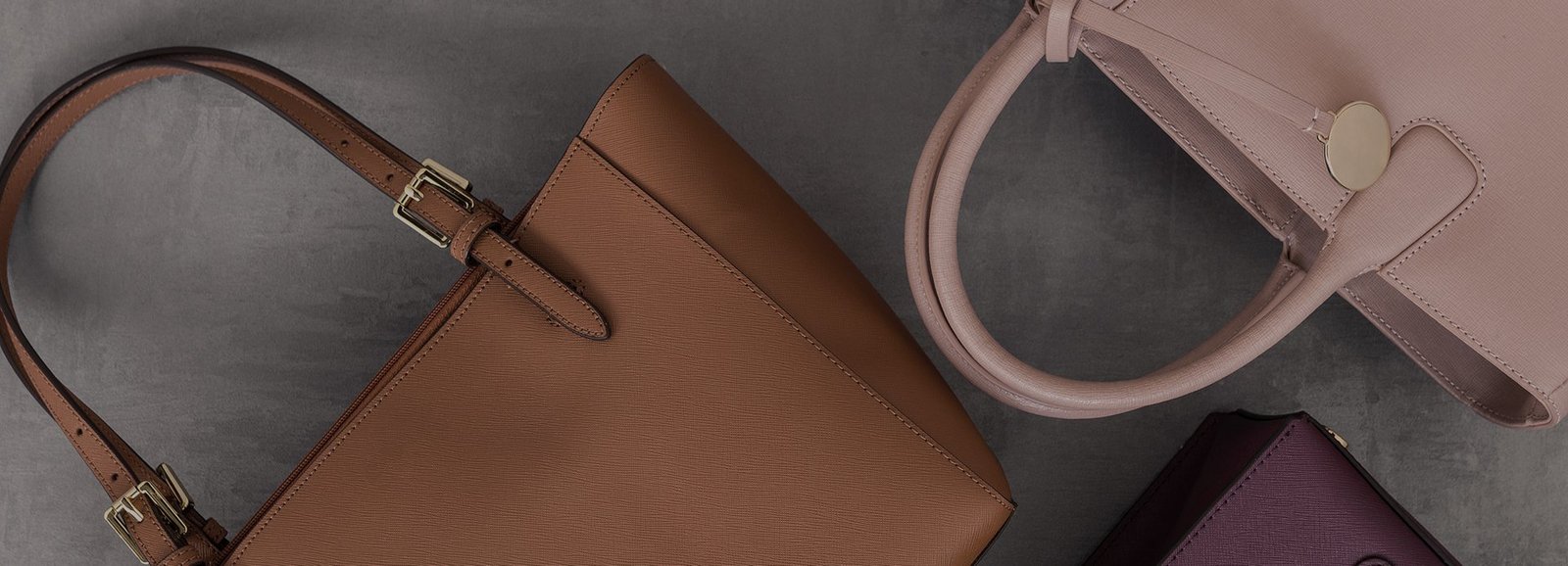Craftsmanship & Heritage
Leather Bag Myths: Debunking 5 Common Misconceptions
Introduction
Leather bags are timeless accessories that exude elegance and durability. However, they’re also surrounded by myths that can mislead buyers. Whether it’s confusion about quality, maintenance, or sustainability, these misconceptions often deter people from making informed choices.
In this article, we’ll debunk five common leather bag myths to help you understand the facts and choose wisely.
Myth 1: All Leather Bags Are the Same Quality
The Reality of Leather Grades
Not all leather is created equal. The quality of a leather bag depends on the grade of leather used:
- Full-Grain Leather: The highest quality, retaining the natural grain and offering exceptional durability.
- Top-Grain Leather: Sanded for a smoother finish, slightly less durable but still high quality.
- Genuine Leather: Lower layers of leather processed for affordability, often less durable.
- Bonded Leather: Made from scraps and synthetic materials, the least durable option.
How to Identify Quality Leather
- Look for natural imperfections or a unique texture, which are hallmarks of full-grain leather.
- Check for a rich, even finish that feels supple yet sturdy.
- Avoid overly smooth, plasticky finishes, which may indicate lower-quality or synthetic leather.
Myth 2: Leather Bags Are High Maintenance
How Leather Maintenance Is Easier Than You Think
Contrary to popular belief, maintaining a leather bag doesn’t require constant effort:
- Wipe with a soft cloth regularly to remove dust.
- Condition every 2–3 months to prevent drying and cracking.
Modern Treatments for Low Maintenance
Many leather bags come with protective coatings that resist stains, water, and scratches, making them easier to care for than ever. High-quality leather also ages gracefully, requiring minimal intervention.
Myth 3: Leather Bags Don’t Last Long
The Durability of Well-Crafted Leather
A well-made leather bag can last decades if properly cared for. Full-grain and top-grain leather are especially resilient, developing a patina over time that enhances their charm.
Factors That Affect Longevity
- Quality of Leather: Higher grades last longer and resist wear.
- Usage: Overloading or improper storage can shorten a bag’s life.
- Environment: Protecting leather from excessive moisture or sunlight extends its lifespan.
Myth 4: Leather Bags Are Bad for the Environment
Sustainable Leather Practices
Leather production has evolved to include more sustainable practices, such as vegetable tanning, which uses plant-based materials instead of harmful chemicals. Some brands also source leather as a byproduct of the meat industry, reducing waste.
Why Longevity Equals Sustainability
Unlike fast fashion items, leather bags are durable and repairable, meaning fewer replacements over time. This reduces overall environmental impact compared to synthetic alternatives that degrade quickly.
Myth 5: Faux Leather Is Better Than Real Leather
Differences Between Faux and Real Leather
- Durability: Real leather lasts significantly longer than faux leather, which tends to crack and peel over time.
- Texture: Real leather has a unique feel and develops patina, while faux leather often looks and feels artificial.
- Value: Though faux leather is cheaper upfront, real leather offers better long-term value.
When Faux Leather Can Be a Good Choice
Faux leather is ideal for those seeking vegan alternatives or budget-friendly options for short-term use. However, it lacks the longevity and elegance of genuine leather.
Tips for Choosing the Right Leather Bag
Focus on Craftsmanship
Examine stitching, lining, and hardware. Even high-quality leather can fall short if the bag is poorly made.
Understand Your Needs
Choose a bag that fits your lifestyle. For daily use, opt for durable materials like full-grain leather. For occasional use, top-grain or genuine leather may suffice.
Choose Reputable Brands
Brands known for their quality and ethical practices ensure a better investment in leather goods.
Conclusion
Leather bags are more than just accessories—they’re durable, stylish, and sustainable when chosen wisely. Debunking these common myths highlights the value of leather bags and dispels doubts about their quality, maintenance, and environmental impact. With proper care and a discerning eye, a leather bag can be a timeless addition to your wardrobe.
FAQs
-
Are full-grain and genuine leather the same?
No, full-grain leather is of higher quality, retaining the natural grain, while genuine leather is processed from lower layers of the hide. -
How often should I clean and condition a leather bag?
Clean it regularly with a soft cloth and condition every 2–3 months to maintain its softness and prevent cracks. -
Is real leather better than faux leather for durability?
Yes, real leather is far more durable and ages beautifully, while faux leather tends to crack and peel over time. -
What’s the best way to store a leather bag?
Store it in a breathable dust bag in a cool, dry place, away from direct sunlight and moisture. -
Are leather bags worth the investment?
Absolutely. High-quality leather bags offer durability, timeless style, and better value over time compared to synthetic alternatives.
FAQ : Frequently Asked Questions
Leather Bag Myths: Debunking 5 Common Misconceptions
Answer:
No, full-grain leather is of higher quality, retaining the natural grain, while genuine leather is processed from lower layers of the hide.
Answer:
Clean it regularly with a soft cloth and condition every 2–3 months to maintain its softness and prevent cracks.
Answer:
Yes, real leather is far more durable and ages beautifully, while faux leather tends to crack and peel over time.
Answer:
Store it in a breathable dust bag in a cool, dry place, away from direct sunlight and moisture.
Answer:
Absolutely. High-quality leather bags offer durability, timeless style, and better value over time compared to synthetic alternatives.



